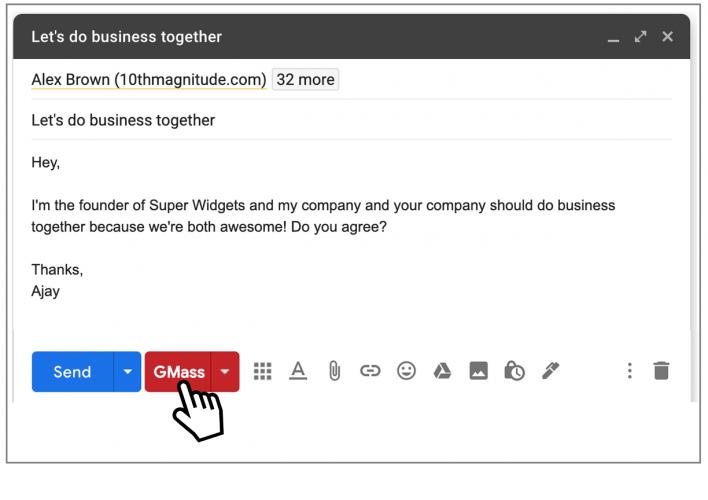
What is cc email?
Email technology in its current form is quite ancient and has remained essentially unchanged over the years. Some of the terms associated with the email that is still used date today back to when communication was conducted entirely on paper. I'm sure you've noticed the CC: and BCC: fields in email composition. Have you ever been curious about the CC and BCC fields?
What do the terms "CC" and "BCC" in email mean?
The CC field denotes Carbon Copy in an email, whereas the BCC field denotes Blind Carbon Copy. If these terms make no sense about an email, have no fear. We'll discuss the context, why you need CC and BCC in email, and when to use these fields in this article.
What does the term "CC" in email mean?
In effect, the CC field in an email enables the sender to send a "carbon copy" of the email to a recipient other than the one specified in the To: field. In the email, the CC field enables you to keep recipients informed.
For instance, suppose you're sending a project quote to a prospective client via email. You'll want to send a copy of your email to your manager to keep him informed. In this case, you'll use the to field to enter the prospective client's email address and the CC: field to include your manager's email address.
What does the abbreviation BCC mean?
BCC is an abbreviation for Blind Carbon Copy. Similar to how CC works in an email, BCC sends someone a carbon copy of the email. However, unlike CC, BCC operates in a significantly different manner.
When you CC someone on an email, the recipients in both the To and CC fields can see each other's email addresses. The prospective client can see that the email was CC'd to your manager in the preceding example. To avoid this or keep the recipients of the carbon copy private, you must use the BCC field.
All email addresses mentioned in the BCC field are hidden, which means they are not visible to recipients in the TO or CC fields.
When should you send an email with CC?
The CC field functions identically to the TO field in an email from a technical standpoint. That is, whether you include an email address in the to or CC field, the email is delivered to the recipients, and each of them can view the other's email address. Therefore, why do you require the CC field?
It's just a matter of email etiquette. When composing an email, the To field specifies the recipients for whom the email is specifically intended. On the other hand, the CC field is for recipients who are receiving the email as a favor or staying informed.
Generally, if you receive an email with your name in the CC field, you are not expected to take any action.
When should you send an email to BCC?
The BCC field is quite different from the CC field and has a variety of uses. Since the email addresses included in the BCC field remain private and hidden, here are a few examples of how you can leverage BCC to your advantage.
When you need to send an email to a large number of recipients without divulging each recipient's email address. For instance, a teacher may need to send an email to all of her class's parents but does not wish to make all of their email addresses public. In this case, she can use her email address as the TO field and the BCC field to include all of her parents' email addresses.
What are the disadvantages of using CC in email?
The CC field enables you to share a copy of your email with any recipient. The CC field is typically used to keep someone informed or share the same email with them. Regrettably, this results in the recipient's inbox receiving a literal copy of the same email. Consider the state of your manager's inbox if you CC him on every email you sent. This is an easy way to clog up your inbox.
Not only that, but CC emails consume unnecessary storage space in the recipient's email account. If the email contains attachments, duplicates of those attachments are created and sent to each recipient listed in the TO and CC fields. Consider how much storage space is squandered in this manner.
Sharing = earning
1,000,000 views = € 1,000
100,000 views = € 100
10,000 views = € 10
1,000 views = € 1
500 views = € 0.50
250 views = € 0.25
100 views = € 0.10
50 views = € 0.05
25 views = € 0.025
10 views = € 0.01
And much more
- Comments (0)
- Recommended
- Milestones
No comments yet
Here are your recommended items...
Here are your milestones...



